Listen to me talk about this wonderfully surreal thing I found: Living Buddhas (ikibotoke, 生き仏 or sokushinbutsu, 即身仏). The thing is, they’re not really alive, at least not anymore. *cue scary music*… no, seriously, cue the scary music, things are going to get weird.
Also, because I didn’t mention it in the podcast the background of this month’s Uncanny Japan was recorded at a local temple on New Year’s Eve at midnight. The sounds you hear are the people milling around wishing each other a Happy New Year and the temple bell being rung 108 times (to ring out our humanely sins). The latter thing is called Joya no Kane.
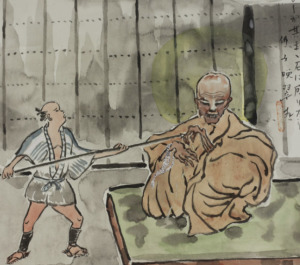
If you’re interested in ikibotoke/sokushinbutsu or self mummification, I found a page in Japanese about a route you can travel to see all the Living Buddhas in their respective temples up in Northern Honshu, in Yamagata Prefecture. Below I translated the highlights:
- Start at Nangakuji (南岳寺), a nine-minute car ride from Tsuruoka Station (Yamagata Prefecture). Here you can find TetsuRyouKai, who became a sokushinbutsu in 1881.
- A 30-minute drive from there will take you to Honmyoji (本明寺) where you can see the Living Buddha, Honmyouji Shonin.
- Next take a 20-minute jaunt to 龍水寺大日坊・湯殿山総本寺 (Yudonosansouhonji). Here you’ll be able to pray to 真如海上人.
- Hop back in your car and drive 8-minutes to Yudonosan Churenji (湯殿山注連寺). The sokushinbutsu at this temple passed away in 1829.
- Lastly, drive one hour to Kaikouji (海向寺) . Here there are two Living Buddhas: Chukai (忠海上人)who became an ikibotoke in 1785 and Enmyokai (円明海上人) who became an ikibotoke in 1822.
It is said that these Living Buddhas can answer your prayers. So there’s that. Also, if you’re into amulets, the self mummified monks’ robes are changed occasionally and the cloth from the old garments is used to make omamori.
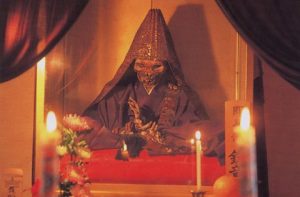


Hey Hey, everyone and Happy New Year! I hope you’re all doing well.
After quite a bit of debate with myself, I decided that my first podcast of the year is going to be something I’ve wanted to do since, well, actually before I even started this podcast. It’s one of those things you hear about, you don’t quite believe it, you find out it’s true and then you can’t to tell someone right away. Well, I’ve been waiting years to get this one off my chest.
A head’s up, I’m forgoing the idea that I need to begin 2018 with a happy, tail-wagging, auspiciously-minded topic and instead I’m going for holy crap, really?
Here we go, January’s Uncanny Japan is about Living Buddhas-kinda. It sounds sweet, right? You imagine some sort of Dalai Lama figure going around being compassionate and wise and spreading the good word. Uh huh.
First, before I tell you what this is, let me tell you about the words used to describe it. Every time I’ve ever talked about the subject with anyone here in Japan they always call them ikibotoke, iki-living, botoke, hotoke, Buddha. Hence, the title …
But when I went to look them up to study more about them, I found they’re usually called sokushinbutsu three characters,
Soku instantly or immediately
Shin is body and
butsu is Buddha
So…instant Buddha body, which also sounds cool, but isn’t quite right either.
Basically, ikibotoke or sokushinbutsu is self mummification, turning your own body into a mummy. Not as a way to commit suicide, although in effect, that’s what you’re doing, but as a way to reach a higher spiritual realm, enlightenment.
In Japan this all started with the Buddhist monk Kukai. Kukai lived from 774-835. One of his many achievements was founding the esoteric Buddhist sect in Japan called Shingon, which is a mixture of Buddhism and Chinese Daoism among other things. Shingon monks would also practice something called shugendo, a kind of asceticism, where they endure various hardships to again further their spiritual practices.
Anyway, to make a long story short Kukai got old and went into a cave to meditate. He stopped eating and drinking and eventually passed away. He was Kobo Daishi and entombed on Mount Koya in Wakayama. Quite awhile later he was un-entombed for some reason or another and the monks who uncovered him found that he looked as if he were only sleeping. He was physically unchanged, even his hair was healthy and strong and was longer that when they sealed him up after his death.
The monks thought this was super cool, they came to the conclusion he was truly enlightened, a Buddha, and I’m guessing it gave them an idea.
They started doing the same thing.
Over time the process of self-mummification in order to reach true enlightenment was more or less perfected.
It’s not easy by any means. It’s quite tortuous actually. Here’s the recipe. It takes 3,000 days, roughly nine years to prepare.
For the first 1,000 days (about three years) you can only eat nuts, seeds, fruits and berries while basically spending all day working out, running through the mountains, sitting in ice cold waterfalls, I even read some monks gouged their eyes out or sorts of creative self mortification going on there…
That’s the first 1,000 days.
Then you have the second 1000 days where you level up, you continue all the working out and meditating, but you’re only allowed to eat pine bark, pine needles and pine sap. Three years. Six years all together,
Now toward the end of those six years you begin drinking a tea made from urushi tree. Urushi is a kind of lacquer and it’s quite toxic, but is drunk not to kill you, but to help stave off any bacteria or maggots that decide to show up and wreak havoc on your physical body after you pass on. I suppose you just make yourself taste really bad.
Then when the time is just right you crawl into a stone tomb just big enough for you to fit, sitting in the lotus position, in you go and you meditate like there’s no tomorrow, because, there isn’t really, ha.
The little tomb is sealed except for an air tube so you can breath, we have to be humane about this. You’ll have a bell that you ring once a day to let the other monks outside know you’re still alive. But eventually there will come the day when you no longer ring the bell, you’ll no longer reside on this mortal coil, and you’ve hopefully reached full enlightenment. The other monks then remove the tube and seal up your tomb.
Another 1000 days are waited before the tomb is opened again and you are checked on how well you did your self mummification. Your body is inspected and if no decay is found and you look pretty good, maybe you’re hair is a little more shaggy, you’ll he hauled up, redressed in fancy robes (and sunglasses in one case), declared a Buddha, placed inside one of the temples and worshipped.
If, however, Now to add insult to injury, after all that time training and self mortifying IF some rot is found on your person, it will declared that you did not reach enlightenment and you’ll be left where you are and the tomb resealed. Ouch.
So, This went on until the 19th century when it was finally outlawed by the government. So far 28 Living Buddha Bodies have been uncovered throughout the years and you can see some of them in various temples up north. I’ll write the names and put links on the website if you’re interested in that.
The thing is there are thought to be hundreds of monks who went through the ikibotoke process but were never uncovered or discovered, and that’s kind of sad, I guess, I mean, these monks endured six years of excruciating training in hopes to gain enlightenment, be dug up and worshiped, but they’re still out there in the mountains, somewhere. But then again if they did reach their goal of enlightenment they don’t care, right? So I guess it’s okay?
That, my friends, is the life and death of a living Buddha,
I’ll end on a thought, I love the Shingon sect of Buddhism, it’s one of my favorites actually, but there is quite a bit of irony in all of this ikibotoke and sokushinbutsu stuff.
For anyone familiar with the story of Buddha, he came from a life of abundance and wealth, kicked it to the curb, tried the extreme self denial route for awhile, before discovering the way to enlightenment, off this wheel of suffering is the middle path, that’s Buddhism. I kinda wonder what the Buddha would have to say about these monks who literally starved and mummify themselves. He might be none to pleased. But seriously, I can’t even stop eating chocolate for two days in a row so I’m in awe of them.
Thank you for listening and I’ll talk to you next month!
Credits
The intro/outro music of Uncanny Japan is a song by Christiaan Virant (“Yi Gui” from Ting Shuo). The whole album is just gorgeous as it everything else by FM3.
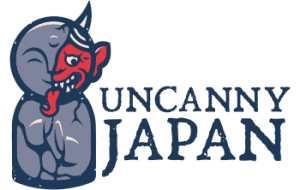
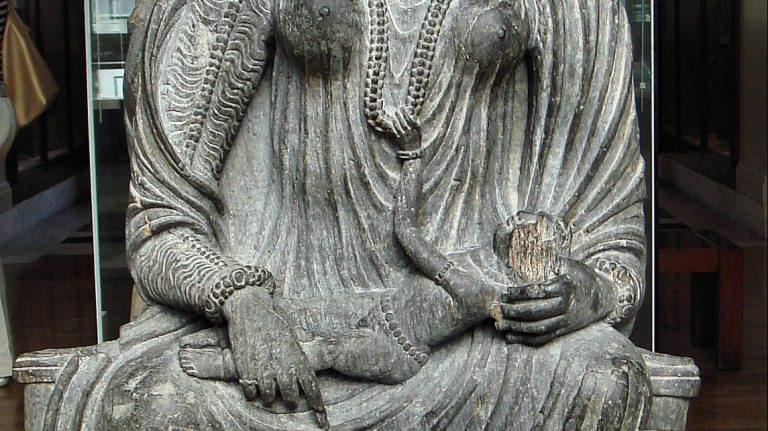
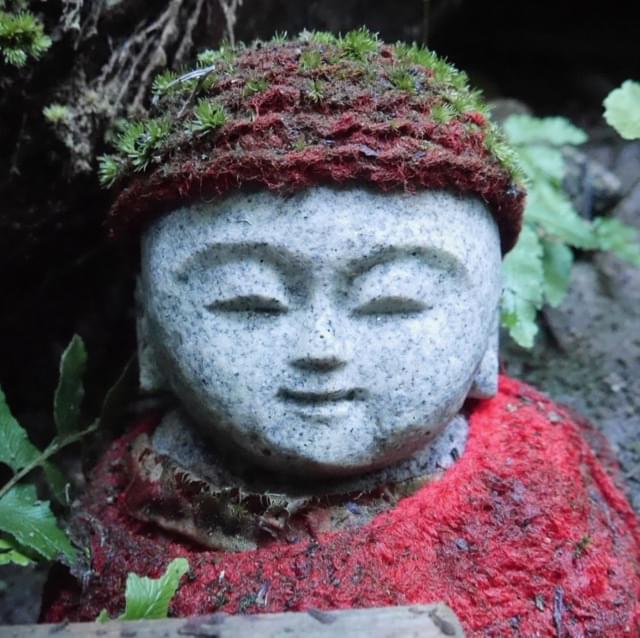
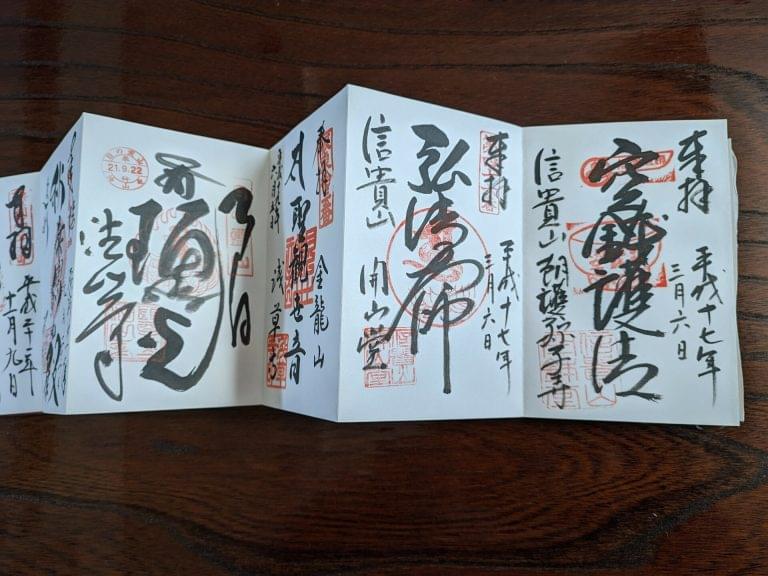
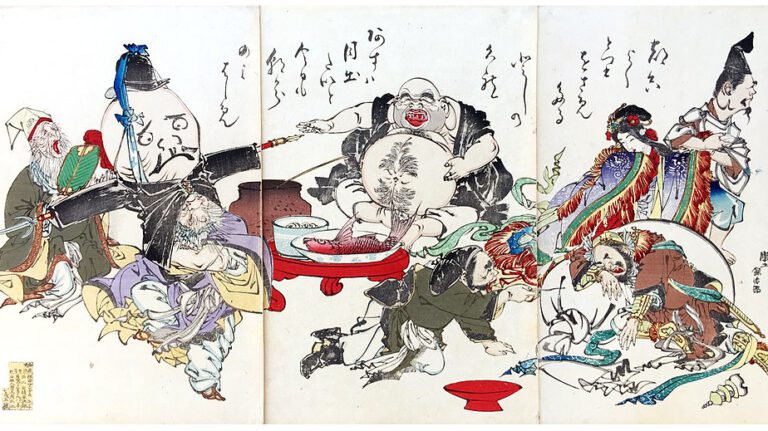


I have always had something of a morbid fascination with sokushinbutsu. It’s just as you say; once I first heard about them, I just -had- to tell everyone as soon as possible. It’s just so chilling and surreal! Also, I’m a big fan of a Japanese fighting game series called Tekken, and in one of the more recent installments, there’s a stage that has a sokushinbutsu in the background! One of the characters in the game, Yoshimitsu, also has a costume where he’s dressed as a sokushinbutsu. Very cool!
Thank you for this podcast. I’ve been loving it!
Thank you so much for listening, Sim! Me, too. I’m quite obsessed with sokushinbutsu. One day (after the pandemic), I’m traveling up north to visit some. I didn’t know that about them making an appearance on Tekken. Love it!